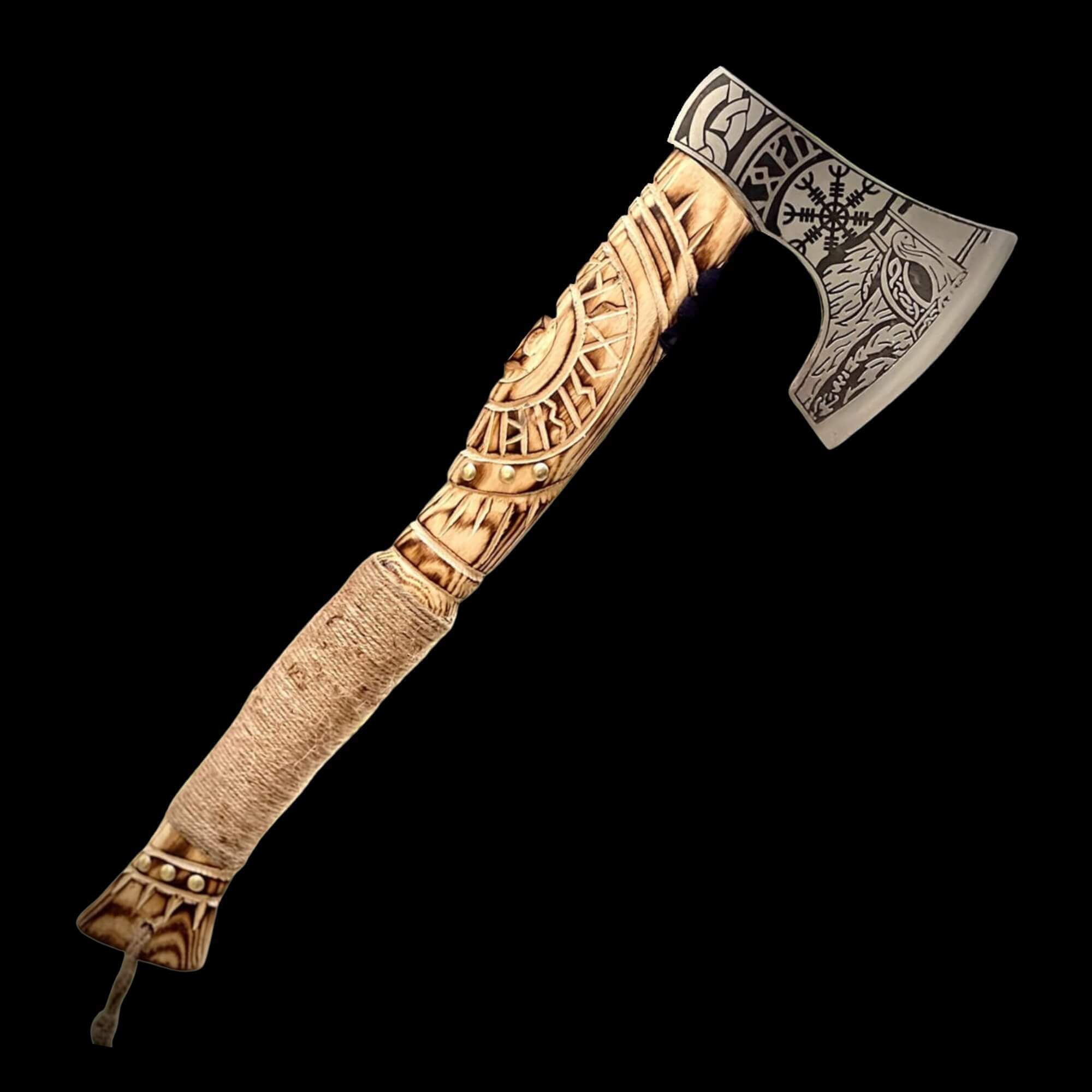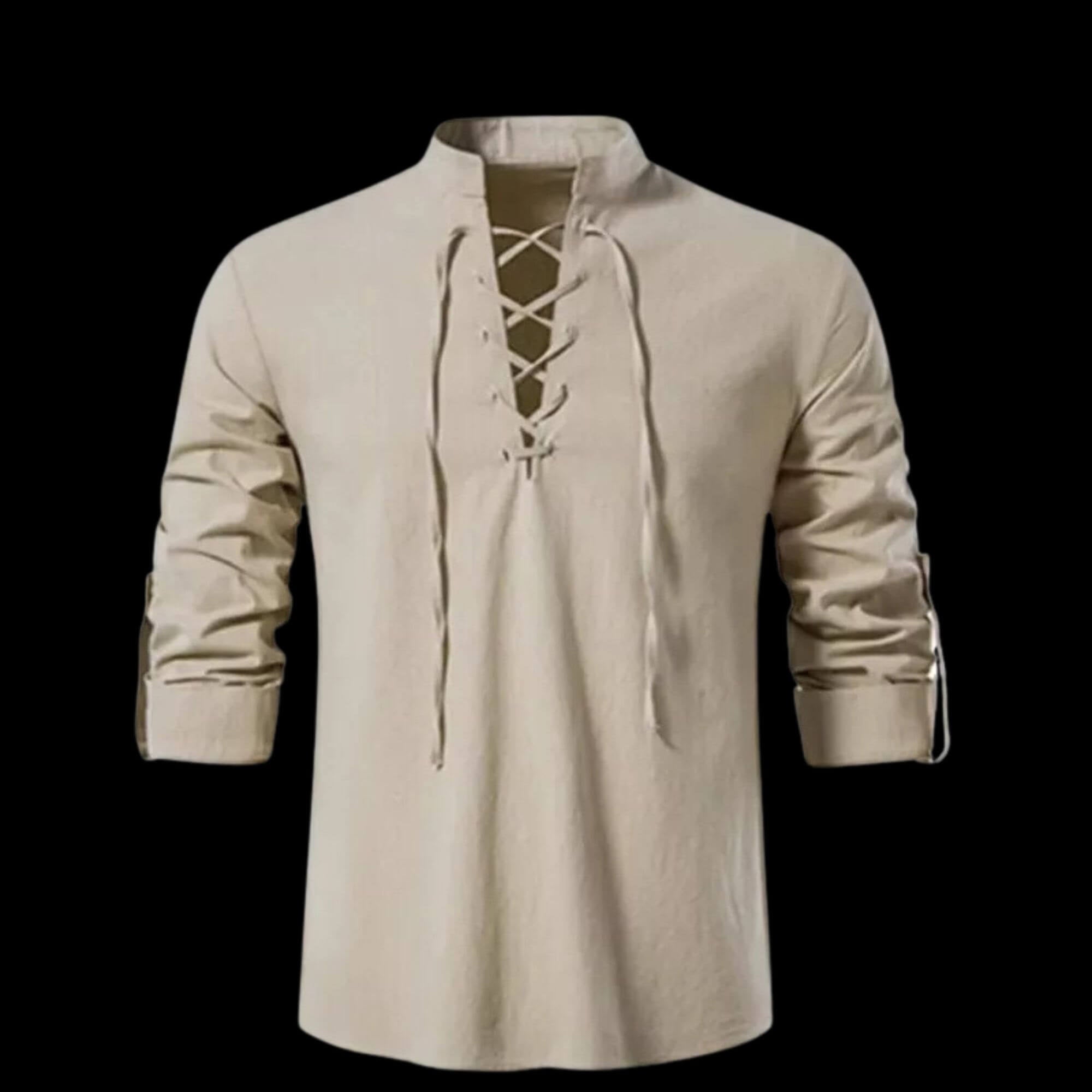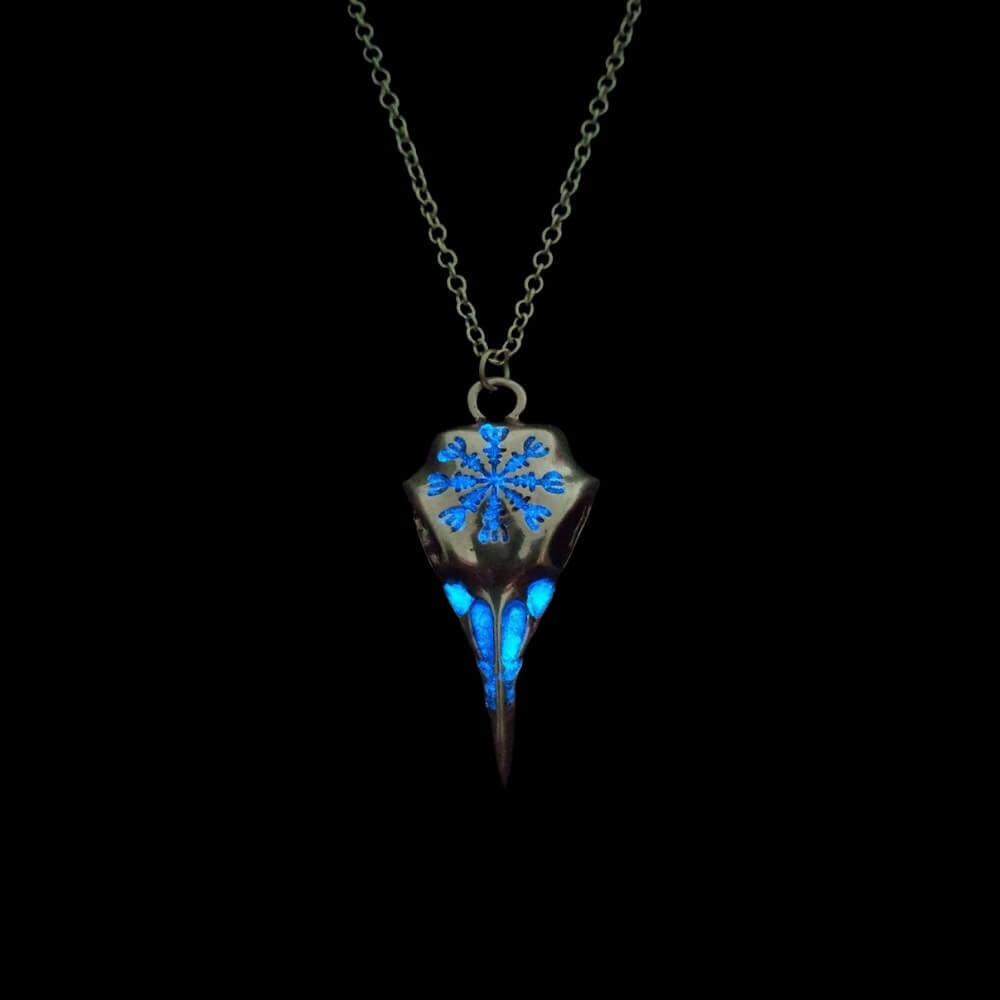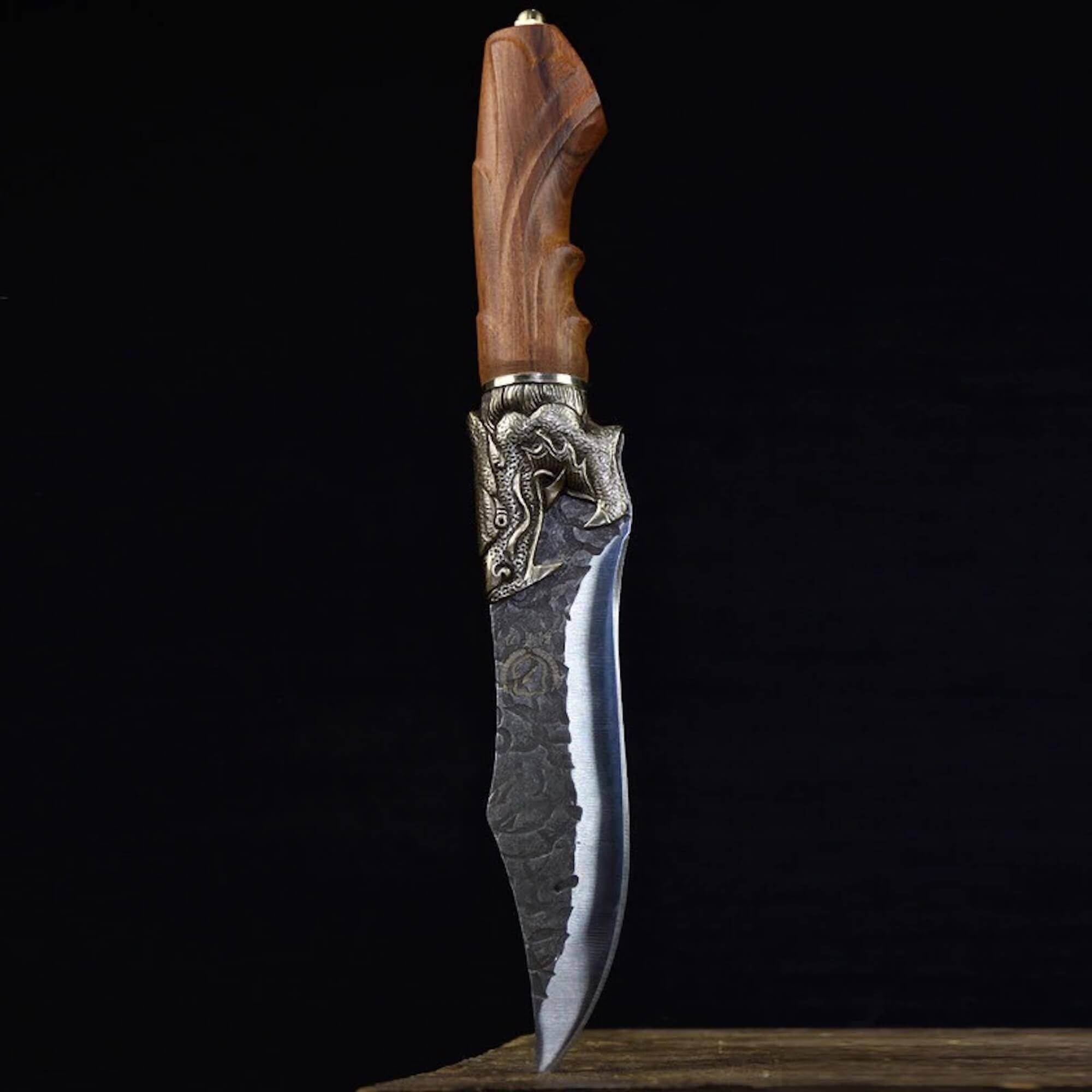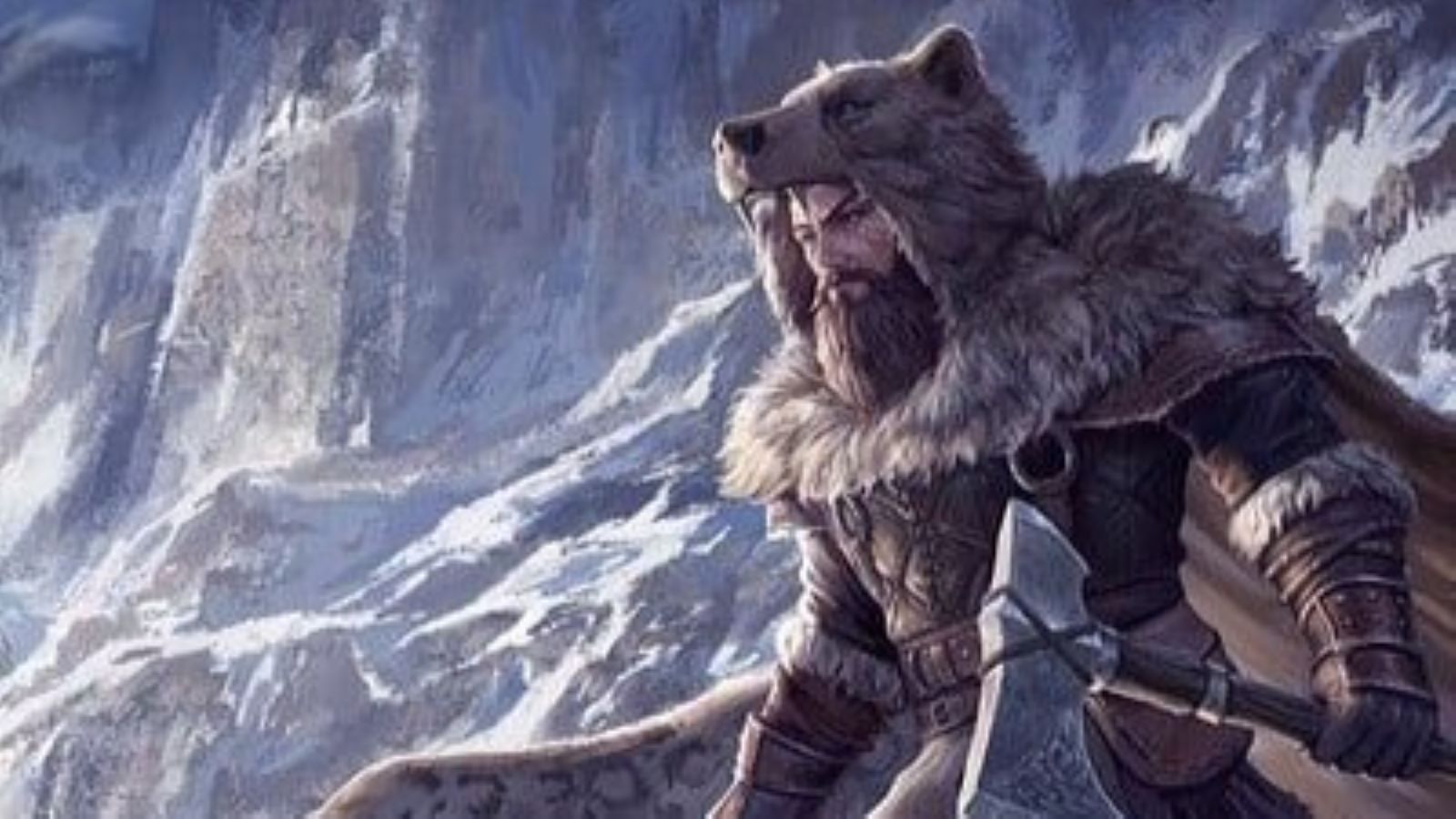
The Untamed Warriors: Exploring the Myth and Legacy of Berserkers
Imagine standing on a battlefield, your heart pounding as the chaos of war rages around you. Then, through the din, you see him—a warrior wrapped in the skin of a bear, eyes wild, charging forward with no regard for his own safety or the madness of battle. You realize what you're facing: a Berserker.
These fabled Norse warriors are remembered as nearly invincible, the personal champions of Odin, feared by enemies, and even admired by their own people. But who were the Berserkers? How did they become these ultimate symbols of Viking ferocity, and how much of their legend is rooted in reality?
The Origins of the Berserkers
The word “Berserker” itself offers clues to their origins. The most widely accepted interpretation is that it means "bear-shirt," referring to a warrior who wore a bear’s skin in battle, channeling the strength and ferocity of the animal. Another theory, suggested by the Icelandic historian Snorri Sturluson, is that it means "bare-shirt," signifying a fighter who went into battle without armor, trusting in their sheer will and rage to protect them. Both explanations reflect the raw, animalistic power associated with these warriors.
Berserkers vs. Ulfheðnar
While the Berserkers are best known for their connection to bears, they were not the only warriors who took inspiration from wild animals. The Ulfheðnar, their wolf-skinned counterparts, were equally fearsome. These warriors wore wolf pelts and, like the Berserkers, were believed to channel the spirit of their animal, fighting with unmatched ferocity. The Ulfheðnar are often depicted in Norse art, sometimes standing alongside Odin himself, as they were believed to be among his elite warriors.
Over time, the term "Berserker" became a catch-all for any warrior exhibiting wild, frenzied behavior in battle, regardless of whether they wore bear or wolf skins. But what exactly was this behavior that made them so notorious?
The Berserkergang: Frenzy on the Battlefield
Descriptions of Berserkers paint a picture of men who transformed into something almost inhuman on the battlefield. Sturluson described them in the Ynglinga Saga as "mad as dogs or wolves," biting their shields, howling, and attacking with the strength of wild beasts. These warriors were said to be unstoppable, impervious to iron or fire, and capable of killing enemies with a single blow.
However, this berserkergang—a word used to describe their battle frenzy—was not without its consequences. After the battle, these warriors were often left physically drained, weak, and in need of rest, as though the wild power they had channeled had burned them out.
How did the Berserkers achieve this terrifying state? Several theories have been proposed over the years. Some believe that it was purely psychological—a combination of intense rituals, mindset, and warrior culture that pushed them into a state of heightened aggression. Others suggest a more chemical explanation, linking their berserkergang to the consumption of certain plants or mushrooms, such as Amanita muscaria (fly agaric), which can induce hallucinations and frenzied behavior.
Another possibility is that the Berserkers’ wild behavior may have been a manifestation of psychological conditions. Some modern scholars have suggested that symptoms of PTSD, experienced by soldiers after traumatic battles, may have mirrored the physical and mental toll the Berserkers suffered after their frenzies.
The Cultural Impact and Legacy of Berserkers
The legacy of the Berserkers extends far beyond the Viking Age. Their fierce reputation has become ingrained in our cultural imagination, inspiring countless stories, films, and even modern language. Today, when we say someone has "gone berserk," we are tapping into the centuries-old image of the unstoppable, uncontrollable Viking warrior.
Whether the tales of their invulnerability are exaggerated or based in truth, there’s no denying the mark these warriors left on history. They were the embodiment of chaos, fearlessness, and raw power—qualities that continue to captivate us today.
The Berserker Spirit: Myth or Reality?
While we may never know the full truth behind the Berserkers' legendary abilities, their story is a testament to the enduring power of myth. Were they truly impervious to weapons, or were they simply the most committed and fearless warriors of their time? It’s likely a combination of both—a mixture of historical fact, mythological embellishment, and the human tendency to idolize those who fight with abandon.
One thing is certain: the Berserkers will always stand as icons of Viking ferocity and the ultimate warriors who lived on the edge of human and animal, reality and myth.
Their legend, like that of the Vikings themselves, continues to inspire awe and admiration, centuries after their time on the battlefield. Whether you see them as historical figures or mythical warriors, the Berserkers have left a lasting imprint on the world—and in our imaginations.

